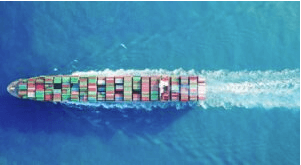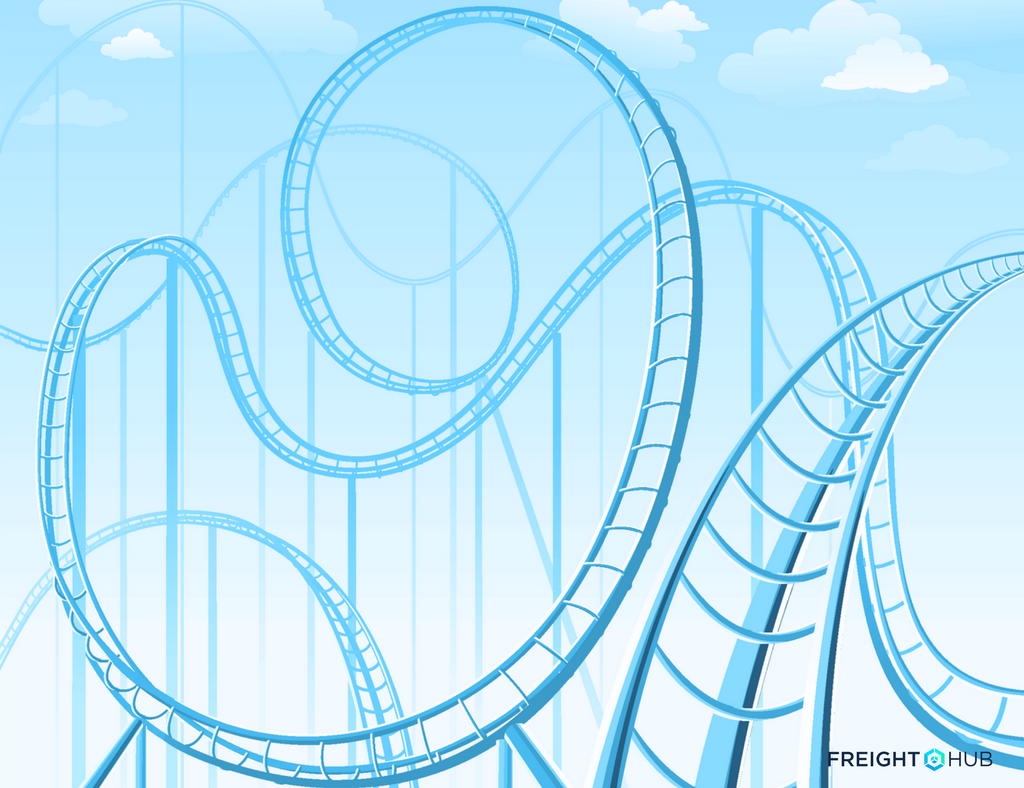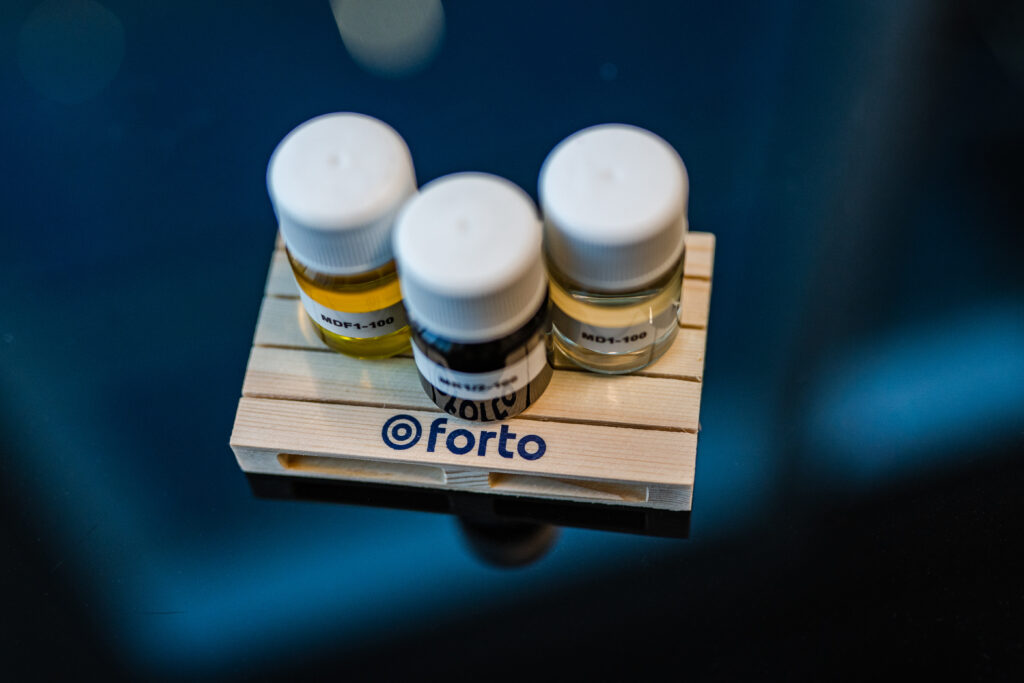-
Financial instability in the market is sparking rumors
-
2017 begins with higher rates but are they sustainable?
-
New alliances begin operations in April and will change the landscape
With no time to wait for the dust to settle from a turbulent 2016, 2017 is continuing with rumors of who’s next to fail or to be acquired within the ocean freight market. 2016 saw such mergers as Hapag-Lloyd and UASC; Cosco and OOCL; Maersk and Hamburg Sud and CMA CGM and NOL. Also, in 2016 we bid goodbye to the now bankrupted Hanjin Shipping as a major container line. So, buckle up, 2017 looks to be another wild ride within the ocean freight market.
Another Bankruptcy in the Making?
As we enter 2017, rumors are swirling around Yang Ming, the eighth-largest container line. According to Drewry Financial Research, Taiwanese carrier Yang Ming has “taken the pole position as the most debt-burdened container line in the industry”. In fact, it’s been a struggle for both of the Taiwanese shipping lines, Yang Ming and Evergreen, to the extent that the government issued a $1.9 billion assistance program for the two lines. There has also been speculation of a possible merger between Yang Ming and Evergreen; however officials have vehemently denied this will occur.
And while there does not seem to be concerns of bankruptcy at this time, eyebrows were raised when it was revealed that for the first six months of 2016, UASC posted a net loss of USD $201 million on revenues of USD $1.5 billion. This was a continuation of a 2015 total net loss of $384.3 million which Alphaliner to describe the company as “the worst performer among all main container carriers that have published financial results for 2015.” As a result, industry analysts expect the merger of G Hapag-Lloyd and UASC is likely to take months to complete, partly due to financing issues such as the need for a cash injection from UASC shareholders.
Rates and Capacity
Persistently plagued with low rates for a number of years, ocean freight carriers began to see some relief in the second half of 2016. According to Xeneta, developer of a real time ocean freight rates online benchmarking platform, Q4 2016 saw short term ocean freight rates from Far East main ports to North Europe main ports pick up 33% while the lower end of the market increased 13%.
The higher rates seem to have held into 2017 with the lead up to the Chinese New Year. But the big question is, will the rates fall or hold steady after the Chinese New Year? historically, rates plummet after the Chinese New Year which could be a reason why many shippers are waiting sign contracts until after the holiday.
Meanwhile, American Shipper reported that ocean carrier capacity fell slightly quarter-by-quarter in the fourth quarter in two of the three major east-west trades, a sign carriers are still trying to get back on track following a wild third quarter in which capacity fell as a result of Hanjin Shipping’s bankruptcy announcement.
In the Asia-North Europe trade, American Shipper observed that overall weekly capacity increased less than 1%. Unlike in the transpacific, the 2M and G6 alliances experienced a slight downturn in market share at the close of Q4 2016, though the 2M still maintained its overall lead in the trade.
 Combined market share for the 2M fell from 35% to 33% as member carriers decreased deployed capacity from 76,070 TEUs to 74,941 TEUs.
Combined market share for the 2M fell from 35% to 33% as member carriers decreased deployed capacity from 76,070 TEUs to 74,941 TEUs.
The G6 Alliance’s overall market share also slipped from 20.9% to 20.7% as their deployed capacity fell from 45,930 TEUs to 45,899 TEUs.
Ocean3 carriers saw an uptick in weekly deployed capacity, from 48,546 TEUs in Q3 2016 to 48,720 TEUs in Q4 2016, and continued to maintain their lead on the G6 Alliance, growing their combined market share from 21.9% to 22% in the process.
Alliances
2017 will bring new alliances into being effective in April. Service networks were announced for the OCEAN Alliance and THE Alliance with the OCEAN Alliance including 41 services with 11 on the Asia-Europe lane while THE Alliance will have a total of 31 services with 8 in the Asia-Europe lane.
It remains to be seen if the 2M Alliance will make any major overhauls to their service network as a result of these announcements. According to BlueWater Consulting, the 2M currently operates a total of 21 services including 7 for the Asia-Europe lane.
Analysts note that combined, the three alliances will manage over 1.7 million TEUs and half of these TEUs will come from the large mega ships that hold up to 14,000 TEUs. How will this affect the various lanes in terms of rates, timing and service levels, and in particular the largest lane, Asia-Europe?
“The building of super alliances led and leads to ever stronger commodification of shipping services. This, combined with tremendous price pressure in the recent past, led to a decrease of service e.g. through blanked sailings, slow steaming etc.. In turn, shippers need to fail proof their transport chain through increased stock levels or similar measures. Perhaps there is room for niche players that place an emphasis more on service rather than rock bottom pricing and thus alleviate the necessity of large stocks to build a resilient supply chain”. – Ferry Heilemann, Co-Founder & CEO of FreightHub
What’s Ahead?
The rollercoaster ride will probably continue this year as more consolidation within the market is expected. In addition, the economic and political environment is rapidly changing so shippers may be wise to revisit strategies and devise risk management plans just in case.
Get the latest in logistics news and analysis by following us on Twitter and LinkedIn as well as signing up for our newsletter for additional insights.








